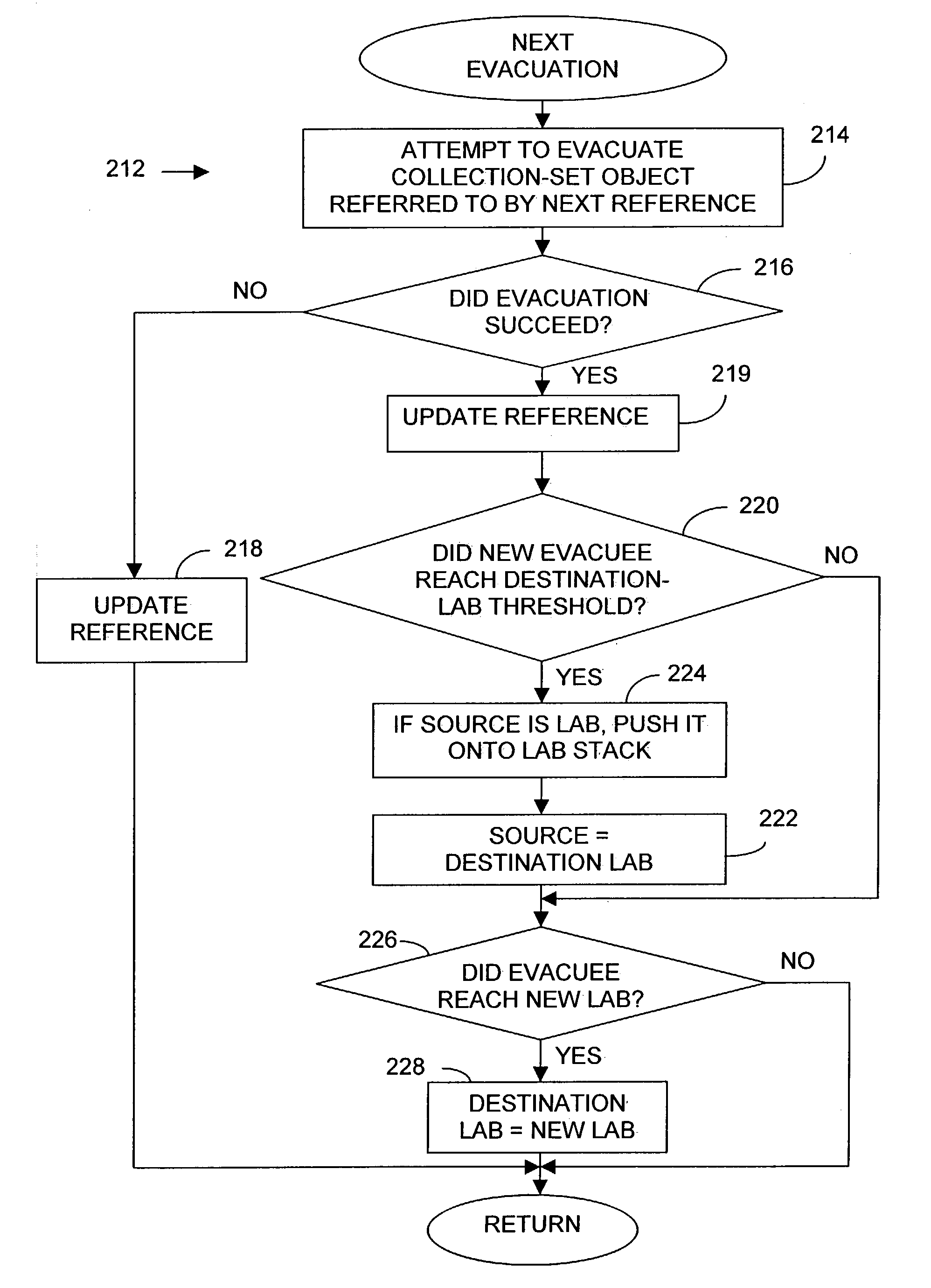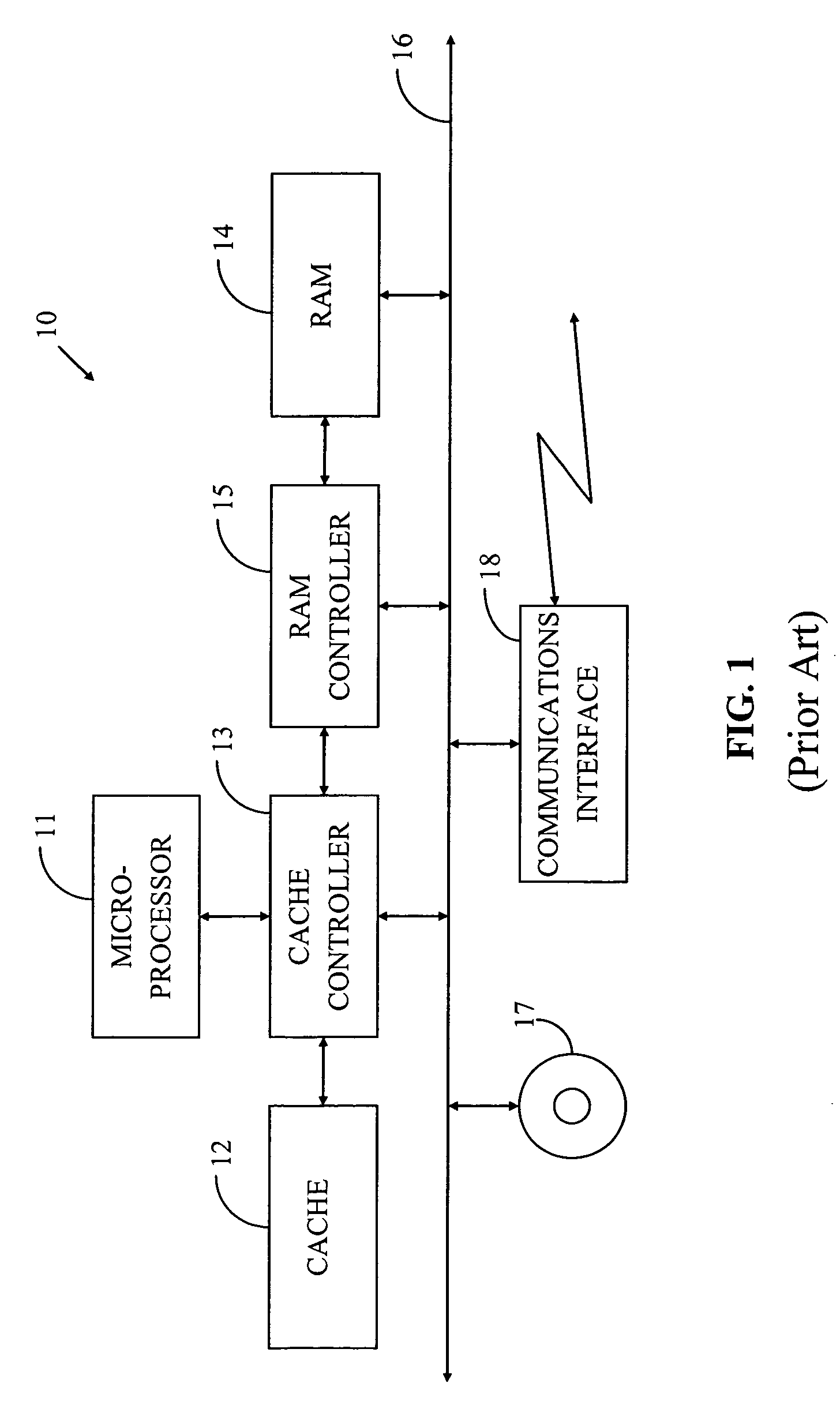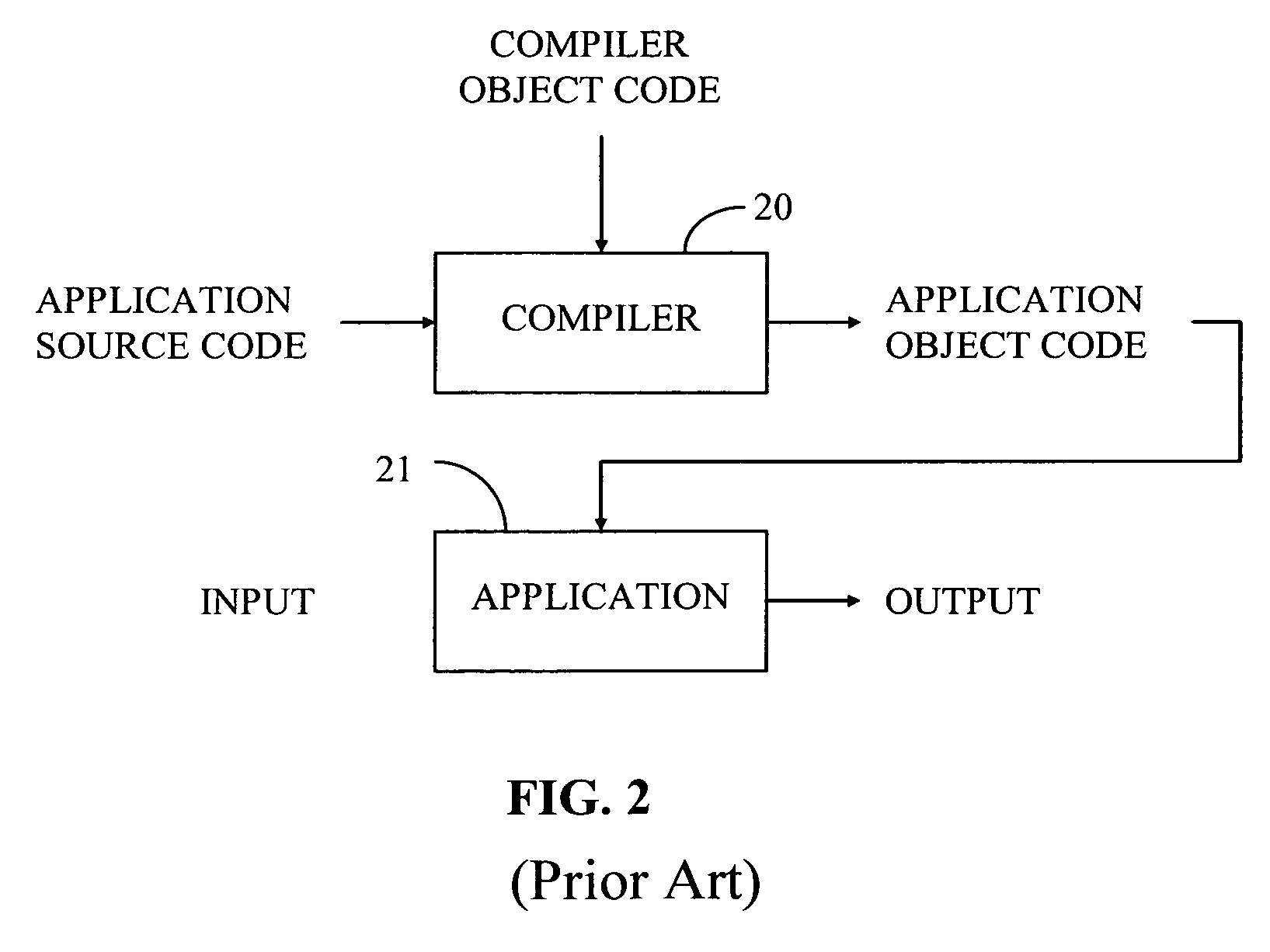Efficient collocation of evacuated objects in a copying garbage collector using variably filled local allocation buffers
a garbage collector and efficient technology, applied in the field of memory management, can solve the problems of increasing the memory requirements of the system to exceed the system's available memory, wasting considerable effort in the task of allocating memory to data objects, and reducing the efficiency of local allocation, so as to reduce the thrashing of cache lines and enhance the effect of localization
- Summary
- Abstract
- Description
- Claims
- Application Information
AI Technical Summary
Benefits of technology
Problems solved by technology
Method used
Image
Examples
Embodiment Construction
[0126]Although the present invention's applicability is not limited to garbage collectors that implement the train algorithm, such collectors can benefit from its teachings. Also, although it does not employ the strictly depth-first evacuation that FIGS. 9–11 exemplify, it can be implemented in a collector whose overall operational sequence is the one that FIG. 8 depicts. But it will instead be exemplified below in a collector whose operational sequence is the one that FIGS. 13A and 13B (together, “FIG. 13”) depict.
[0127]For the sake of simplicity, FIG. 13 depicts an arrangement that, as the one depicted in FIG. 8 does, divides that application's execution between mutator intervals and collector intervals, each old-generation collection increment occurring entirely within one interval. Those skilled in the art recognize, though, that the train algorithm can be employed in a different manner; the mutator and collector can be executed in parallel threads, for instance, and, even if th...
PUM
 Login to View More
Login to View More Abstract
Description
Claims
Application Information
 Login to View More
Login to View More - R&D
- Intellectual Property
- Life Sciences
- Materials
- Tech Scout
- Unparalleled Data Quality
- Higher Quality Content
- 60% Fewer Hallucinations
Browse by: Latest US Patents, China's latest patents, Technical Efficacy Thesaurus, Application Domain, Technology Topic, Popular Technical Reports.
© 2025 PatSnap. All rights reserved.Legal|Privacy policy|Modern Slavery Act Transparency Statement|Sitemap|About US| Contact US: help@patsnap.com



